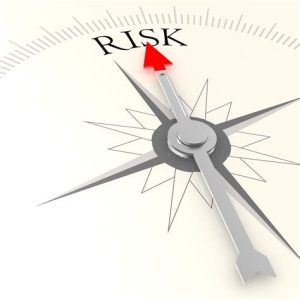In essence, risk is the likelihood of something undesirable happening. It represents the uncertainty of the consequences of an activity on things we value. When it comes to pharmaceuticals, the presence of unacceptable levels of harmful impurities poses a threat to public health, impacting individuals globally. Understanding and measuring these risks is the crucial first step in effective management and control.
Pharmaceutical Risks: Navigating Global Health Challenges
The widespread risk of nitrosamine impurities, a group of chemicals known for their mutagenic properties, has raised concerns in the pharmaceutical industry. Detected initially in certain batches of the angiotensin II receptor blockers (ARBs), such as valsartan, these impurities, when metabolized, can convert into alkylating agents associated with DNA damage and cancer.
Origins of Nitrosamine Impurities
Investigations reveal that the unacceptable levels of nitrosamines found in ARBs, like valsartan, were a result of changes in the manufacturing process aimed at increasing production yields. Nitrosamines can emerge at various stages of drug production, including synthesis, purification, formulation, packaging, and storage. Even minor alterations to manufacturing processes can introduce new or fluctuating impurity levels. Manufacturers must establish control strategies to assess and mitigate potential risks.

Global Pharmaceutical Supply Chain Risks
Since 2018, regulatory bodies and manufacturers have collaborated to swiftly remove ARBs containing unacceptable levels of nitrosamines from the market, prioritizing patient safety. However, these recalls have led to drug shortages, risking patients’ ability to access vital medications for controlling conditions like hypertension. In response, the FDA expedited the approval process for a new generic version of valsartan to alleviate shortages caused by multiple recalls.
Trust Risks in Medication Use
Companies bear the responsibility of understanding their manufacturing processes, identifying, and preventing unacceptable impurity levels. However, the global and intricate nature of the pharmaceutical supply chain complicates this task. Raw materials, active pharmaceutical ingredients (APIs), excipients, and finished drugs come from various countries, amplifying the challenges. Inadequate risk assessment and control strategies can have severe short-term and long-term consequences.
Impact on Trust in Medicine
The discovery of unacceptable nitrosamine levels in ARBs and other commonly used medications has eroded trust in their safety. Patients contemplate whether continuing medication is riskier than discontinuing. Both the FDA and healthcare professionals urge patients not to alter their medication regimens without physician guidance, emphasizing that discontinuation might pose greater health risks than exposure to unacceptable nitrosamine impurity levels. As the list of affected drugs expands to include non-ARB medications, concerns about the trustworthiness of medications used by millions worldwide intensify.
The trust in medicine is challenging to quantify, but the repercussions of its absence manifest globally: declining life expectancies and reduced life quality as individuals, driven by fear, opt to forgo potentially life-saving treatments.
